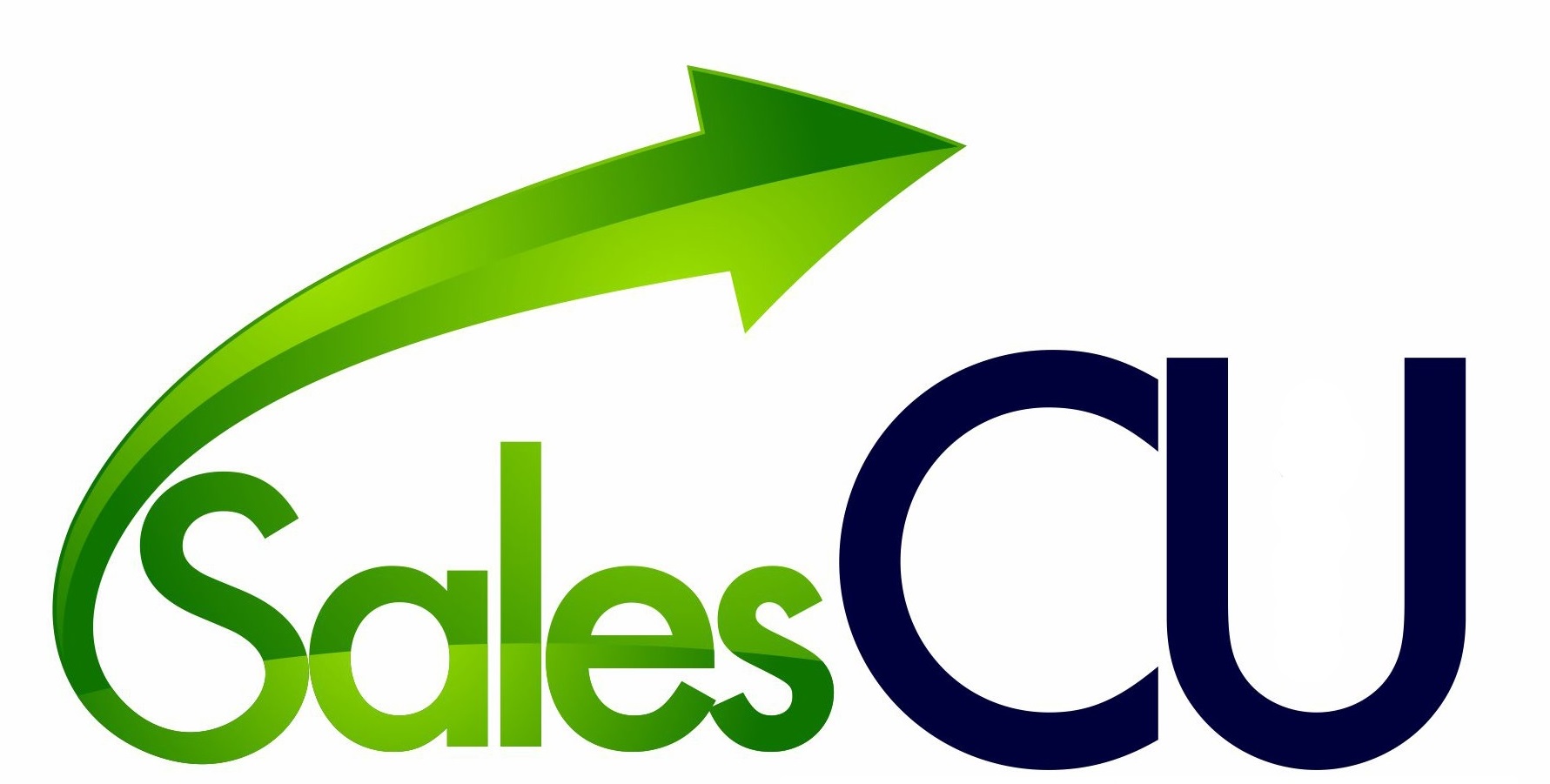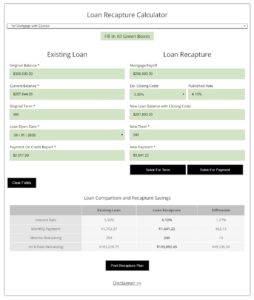If you are like most of the credit unions I am currently working with, the competition to grow and retain deposits is a real challenge. The deposit war began last year and is still raging. And it doesn’t look like it will settle down for many months.
Out of necessity, credit unions are offering high-rate certificates to attract new deposits from existing and new members as well as retain deposits their members currently have with the credit union. But this “race-to-the-top” approach has put significant strains on loan margins, pushing loan rates up and profit margins down.
Most certificate rates reached a peak in March of this year, and we have seen very little movement above 4% to 5% since then. Although rates will inevitably continue to climb in the short term, the battle over money your members want to invest in certificates will likely stay stagnant. This means, if new certificate money comes in, it will only be because the member is rate shopping. Most certificate money right now is transitory.
Based on a survey of 200 credit unions with assets exceeding $500 million, only about 21% of credit union deposits sit in certificates and 4% in IRAs and KEOGHs. This leaves nearly 75% of all deposits being held in regular shares, money market shares, and checking accounts. Here are the percentages:
- Checking Accounts: 23%
- Regular Shares: 29%
- Money Market: 23%
- Share Certificates: 21%
- IRA Shares: 4%
Why is this significant? It emphasizes two points. First, most deposits held in non-investment type accounts are still being held in completely liquid accounts, nearly 75%. Those funds can be won and moved immediately when the member sees value in moving those funds. And second, most of these funds are sitting in low-interest bearing accounts meaning they are not being rate-shopped.
Members don’t actively seek the “best rate” when it comes to regular shares, checking accounts, or even money market shares. Once the relationship is established, those funds simply accumulate. The funds are there because the credit union has won that relationship over time. In many situations, this relationship is driven by the checking account which most credit union professionals will admit, is the hardest to earn.
There is no quick fix to growing deposits outside of high-rate, flashy promotional offers. Those offers may bring in the dollars and pad the deposits column, but they water down liquidity and erode loan margins. This is generally not a good approach to long-term, sustainable growth, or even growth in the short term.
In the short term, credit unions should actively promote checking and deposit growth. This must be done with high intention, and that means a lot more than simply raising rates to lure members and non-members into moving funds. Most credit unions are already doing that. It means that conversations with members need to change to seek additional information from members about their savings accounts with other financial institutions and show the value of moving those relationships.
While a long-term commitment is the best strategy for balanced growth, here are a few ways credit unions are taking the initiative to grow their deposit portfolio despite the war for savings.
Building Intention in Savings Conversations
A primary principle we teach at SalesCU is how to adjust conversations to be more intentional and proactive. We have found through observing sales conversations and input from o ur credit union clients, most conversations about deposits create awareness but do not collect specific information or engage the member in a deposit discussion. Most conversations sound something like this:
ur credit union clients, most conversations about deposits create awareness but do not collect specific information or engage the member in a deposit discussion. Most conversations sound something like this:
“Have you seen our great savings rates? Let me know if that is something I can help with.”
Or…
“We are offering a 7 month CD this month at 4.5%. Is that something you’d be interested in?”
While these approaches are better than not saying anything at all, they rarely create any positive outcomes that lead members to bring money into the credit union. However, making some slight adjustments to those conversations can fix that. For example:
“Have you seen our great savings rates? I have been able to help a lot of our members make more on their savings account simply by moving their savings into a money market or certificate. Other than the savings balance you have with us, what other savings balances do you have with other financial institutions?”
Or…
“We are offering a 7-month CD right now at 4.5%. We think this is the highest rate around. Are you earning a higher rate than this on your savings accounts with other financial institutions?”
These approaches can help a team member to create a conversation about savings accounts. Team members also need to be trained and coached to transition deposit conversations initiated by the member into conversations about savings elsewhere. For example, when a member sees the great CD rate the credit union is offering and would like to move a balance from savings to a certificate. Or when a member is withdrawing a large balance from their account to take to another financial institution. For example:
“I can absolutely help you move $4000 out of your primary savings into the 7-month CD. While I am doing that, tell me, do you have other savings balances at other financial institutions I can help you earn a higher rate on?”
Or…
“Yes, I can help you with a $4,000 cashier’s check from savings. However, before I do that, may I ask, are you moving this balance to another financial institution because they have a better rate?”
It is not always necessary for team members to be coached to move money into certificates. This may be a great conversation starter, but most member deposits are in liquid accounts because the member wants access to withdraw and make deposits at any time. Often, a discussion about other savings accounts will uncover vacation savings accounts, emergency savings, and just every-day savings balances that can easily be moved. Certainly, educating members about money market accounts may incentivize the member to move savings balances over to earn a slightly higher rate, or simply make managing all their savings easy and convenient.
In a recent sales leadership coaching call, a branch manager shared how she was able to turn a $500,000 deposit into over $2 million by not taking the order and asking one simple question.
The member brought in a check for $500,000 and asked to open and deposit it in the credit union’s promotional CD offer. After thanking him for choosing their credit union, she simply asked, “Is this all you have to deposit?” She explained that he had more but was worried about the NCUA insurance and was splitting up the other balances between a few other financial institutions. This led to a conversation about how he could take advantage of the amazing promotional rate and be fully insured by structuring his account properly to expand the NCUA insurance coverage.
Between CDs and a money market account, she was able to recapture the full balance the member had, totaling over $2 million.
Certainly, she could have been happy with a $500,000 deposit, and even bragged about it. But because she had been trained to ask additional questions and engage her members, she captured it all.
401k Rollovers and Other Non-Traditional Opportunities
There are opportunities to identify savings balances from non-traditional sources as well. One such opportunity is the 401k rollover. If a member has recently changed jobs and employers, there may be an unresolved retirement account such as a 401k with the previous employer. This, of course, can be rolled over into a traditional IRA.
401k rollovers can provide tens or even hundreds of thousands of dollars in deposit growth. This is an amazing call list if you have a way to mine recent loan application information for job start date, or even direct deposit data.
At the very least, identifying an old 401k could translate into a referral to your investment team. In both situations, the member is the winner because they are able to find the best option to resolve an old 401k.
Dormant Accounts
Reactivation of member interest in their credit union account can lead to new deposits. These members have accounts elsewhere and a simple phone call can uncover new deposits that can easily be moved. Certainly, it would be ideal to capture the members’ primary financial relationship with checking, savings, a credit card, and other loans. However, only slightly less ideal is to help the member transfer over a hidden savings account, vacation savings, or other long-term savings accounts.
Don’t Forget Referrals
One of the best sources of new business comes through member referrals. The best time to ask a member for a referral is directly after a team member has delivered value to a member.
Consider the potential referral opportunity the branch manager could have tapped into had she asked her member for a referral after helping him move over his $2 million savings balance. Does he have friends, business partners, family, or other connections who are also looking for a great rate to invest their savings balances into? She didn’t ask, so we don’t know.
Each time a team member helps a member and provides value, they should be trained to ask for referrals. It could be as simple as this:
“Mr. member, we were able to help you move your savings balance over, completely insured, and make a high 4.5% rate. We greatly appreciate the opportunity to help you with this. Do you know anyone else that may also be looking for a high-rate deposit account that I could help? This could be family, friends, business contacts.”
Referrals are like gold veins. Once you find the gold, keep following it until the vein runs out. Generally speaking, people associate with like people. That means this high-net-worth member likely has other high-net-worth contacts and can provide referrals that could lead to more deposits or other opportunities. Those individuals can likely provide additional referrals, and so forth.
Balanced Growth is an Ongoing Commitment
While there are currently many opportunities to create deposit growth, the reality is that most credit unions struggling with deposit growth are in this position because they lack consistency in their sales approach and don’t seek to develop full primary financial relationships with their members.
Balanced growth means the credit union is not constantly chasing what the economy is taking away. Right now, that happens to be deposits. Tomorrow, that might be loans. Down the road it could be non-interest income sources.
To achieve balanced growth, a credit union needs a well-trained and consistently coached sales staff. These sales team members will look to capture the member’s full relationship at every touch point, identifying deposits and loans and consistently growing checking accounts through their sales efforts.
What the next challenge will be is impossible to foresee. What is predictable is that new challenges are on the horizon. The best way to prepare is to have a balanced growth plan and a sales team equipped to drive it forward.






